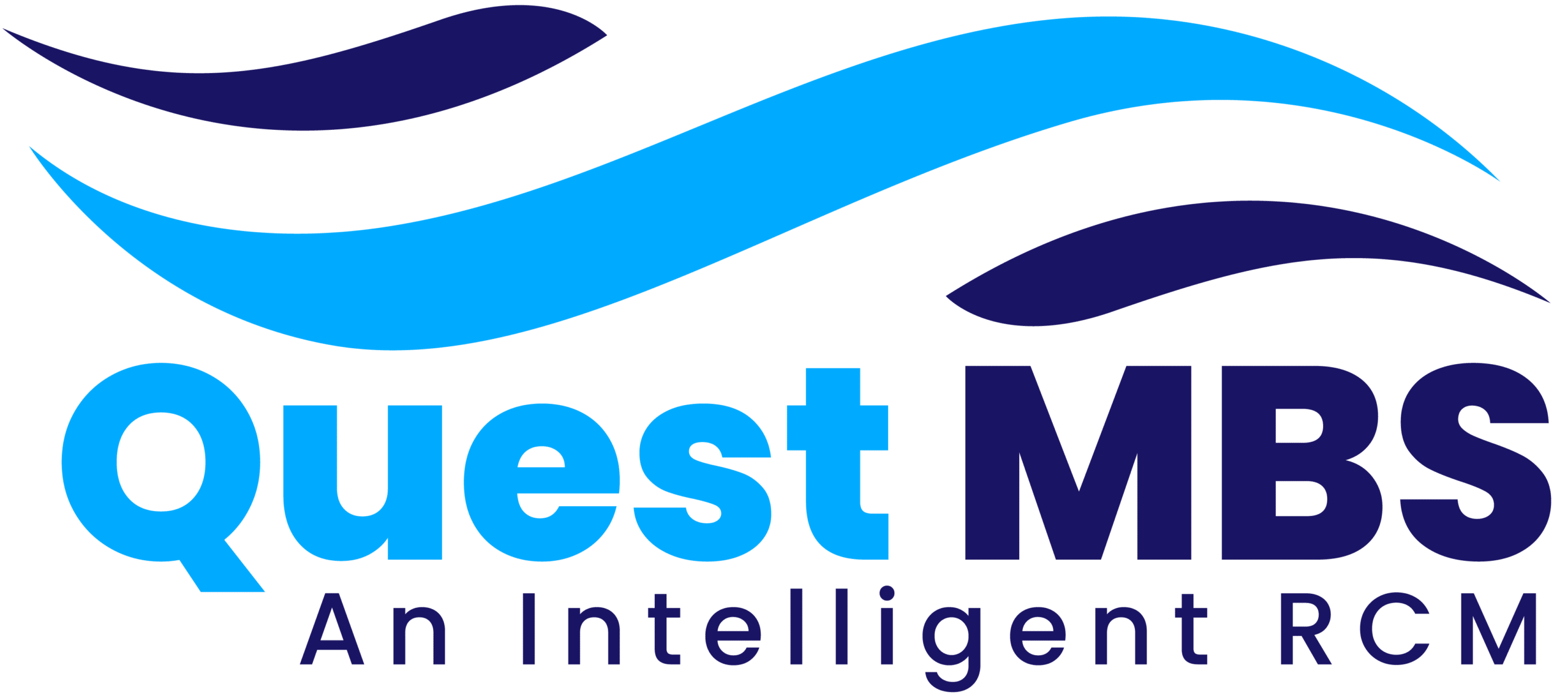Introduction: The Telehealth Surge and Its Billing Implications
Telehealth has rapidly evolved from a niche convenience to a critical component of modern healthcare delivery. Driven by technological advancements, patient demand, and the COVID-19 pandemic, virtual care has become an everyday service for clinics, hospitals, and private practices. With this shift comes the challenge—and opportunity—of telehealth billing.
As more providers integrate virtual visits into their offerings, billing teams must adapt to new codes, payer policies, and compliance standards. The future of telehealth billing hinges on streamlined workflows, automation, and the ability to manage reimbursements accurately and efficiently across a wide range of platforms.
1. Integration of Billing Software with Telehealth Platforms
To support growing telehealth demand, healthcare organizations are adopting systems that seamlessly connect virtual care platforms with billing software. These integrations allow automatic transfer of charge data, encounter notes, and visit details, reducing manual data entry and ensuring accurate claim generation.
2. Use of AI and Machine Learning for Code Assignment
AI-powered coding engines are transforming telehealth billing by analyzing visit documentation and selecting appropriate CPT and ICD-10 codes. This technology minimizes errors, increases coding speed, and adapts to payer rules specific to telehealth, such as modifiers and place-of-service indicators.
3. Expansion of Remote Patient Monitoring Reimbursement
As chronic disease management shifts to remote monitoring, healthcare providers can bill for services like data review, patient communication, and care coordination. Advanced billing solutions now support automated claims for remote patient monitoring, helping providers track and bill these codes consistently.
4. Real-Time Eligibility Verification for Virtual Visits
Telehealth encounters often occur on-demand, making real-time insurance verification essential. Tools that check coverage, copays, and telehealth eligibility before or during the appointment help prevent claim denials and surprise billing for patients.
5. Automated Claims Processing for Faster Payments
With increasing telehealth volume, manual claims processing is no longer viable. Modern billing systems use automation to scrub, submit, and track claims across commercial and government payers. Automation reduces errors, accelerates payment cycles, and supports compliance with payer-specific telehealth rules.
6. Improved Denial Management for Telehealth Claims
Payer denials for virtual care often stem from documentation gaps or incorrect modifiers. Advanced denial resolution tools now identify these patterns and provide insights into resolving and preventing them. Automated appeals and payer-specific denial codes help billing teams recover lost revenue more efficiently.
7. Telehealth-Specific Analytics Dashboards
RCM platforms are introducing dashboards tailored to virtual care metrics, including reimbursement per telehealth visit, top denial reasons, and payer turnaround times. These insights empower providers to optimize their service offerings and adjust billing practices accordingly.
8. Mobile Charge Capture for Virtual Encounters
Providers delivering care via mobile devices or web-based platforms benefit from mobile-friendly charge capture tools. These solutions allow real-time documentation and coding, ensuring that no billable encounter is missed—even for short or asynchronous interactions.
9. Automated Payment Posting and Reconciliation
Telehealth payments often come in batches or from multiple payer sources. AI-based systems extract remittance information, match payments to claims, and reconcile accounts automatically. This ensures accurate revenue tracking and reduces administrative burden.
10. HIPAA-Compliant Communication Tools for Billing Queries
Secure communication between billing staff and providers is vital in a virtual care model. HIPAA-compliant chat and messaging platforms facilitate clarification on visit notes, documentation, or coding questions—speeding up claim processing without compromising patient privacy.
11. Patient-Friendly Billing and Payment Options
Since patients access telehealth from home, they expect the same digital convenience when managing bills. Integrated systems now offer real-time billing summaries, secure payment portals, and mobile reminders, making it easier for patients to understand and settle their balances.
12. Payer Connectivity for Claim Accuracy
Advanced billing solutions integrate directly with clearinghouses and insurance portals. This real-time payer connectivity ensures that telehealth claims comply with current requirements, get validated prior to submission, and are corrected quickly if issues arise.
13. Streamlined Provider Credentialing for Virtual Services
Credentialing for telehealth involves verifying a provider’s eligibility to render services across state lines and with different payer networks. Technology platforms now automate enrollment forms, track state-specific licensure, and ensure compliance for virtual service billing.
14. Expansion of Value-Based Telehealth Billing Models
The future of telehealth billing is increasingly linked to value-based care. Providers are beginning to track patient outcomes, engagement, and adherence using telehealth tools. Billing systems are evolving to support bundled payments, capitated models, and performance-based reimbursement aligned with virtual care.
15. Standardization of National Telehealth Billing Guidelines
To reduce confusion and streamline reimbursement, federal and commercial payers are working toward standardized telehealth billing frameworks. Software vendors are updating systems to adapt quickly to these changes, ensuring providers remain compliant and optimize their billing strategies.







